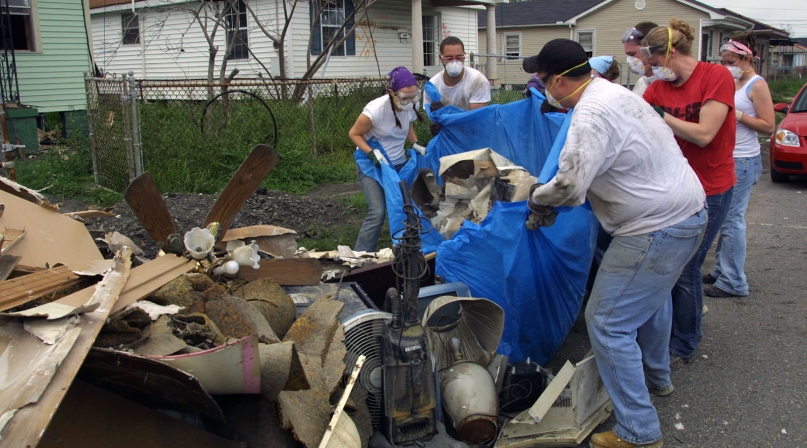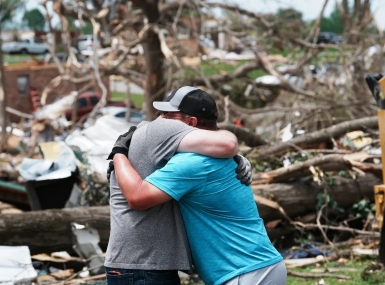Congress approves major disaster reform bill

Key Takeaways
The U.S. Senate recently passed H.R. 302, which contains the Disaster Recovery Reform Act of 2018, on a 93-6 vote. The legislation, passed Oct. 3, was attached to the five-year reauthorization of Federal Aviation Administration programs, which President Trump has signed.
The legislation modifies several Federal Emergency Management Administration (FEMA) programs to better assist states and counties in their disaster-related efforts. The legislation emphasizes improvements of pre-disaster mitigation planning and funding. Specifically, the bill recommends that up to 6 percent of the aggregate amount of federal disaster assistance provided to state and local governments be invested in a national public infrastructure pre-disaster hazard mitigation program. This funding would support mitigation techniques including but not limited to preparation and planning, elevating or moving structures prone to flooding and securing infrastructure to lessen the effects of natural disasters.
In a victory for counties, under the legislation, FEMA would also be prohibited from attempting to recoup any aid provided more than three years prior to the date it was released. For counties, the recoupment process could strain local budgets if a government is required to pay back funds provided by FEMA years after they have been used. This provision would be applicable to funds given for programs related to Individual Assistance, Public Assistance and other federal emergency programs.
The bill expands the list of mitigation measures eligible for federal assistance, including fire prevention and windstorm measures and will allow local governments to fund projects associated with reseeding, mulching, installing warning signs and hardening of electric utility poles. This is of particular importance for counties that experience dry and wet seasons, as these would assist communities in rehabbing areas left barren by wildfires, which could then be eroded or destroyed during the wet season by flooding.
FEMA would be required under the legislation to provide annual guidance and training to state and local first responders and utility companies. This training would help first responders prioritize certain healthcare facilities in the event of a disaster-caused power outage.
Finally, FEMA would be responsible for developing and issuing guidance on the identification and designation of evacuation routes. These routes must be reviewed for their durability, strength and sustainability. FEMA must also consider how best to evacuate vulnerable populations, including individuals with physical or mental disabilities, schools, nursing homes and the homeless. This would include planning on how to share information with evacuees, how to shelter evacuees and how to return them to their homes.
Attachments
Related News

Deadly tornadoes pummel counties across the South
Southern Kentucky counties bore the brunt of a May 16 tornado outbreak, with at least 17 fatalities confirmed as of last week in Laurel County alone.

Fire and emergency response grants now open for counties
On May 20, FEMA announced the opening of the Fiscal Year 2024 Staffing for Adequate Fire and Emergency Response (SAFER) Grant Program and the Fiscal Year 2024 Fire Prevention and Safety Grant Program, which support fire departments and firefighter organizations in increasing staffing and improving safety nationwide.

County Countdown – May 19, 2025
Every other week, NACo's County Countdown reviews top federal policy advocacy items with an eye towards counties and the intergovernmental partnership. This week features reconciliation bill advancement, a FEMA reform proposal and more.
